Fish, limu returning to restored stream
The Waipa Stream is coming back to life, thanks to a restoration project within the watershed.
Funded through a state Department of Health grant since 2016, the project aims to remove dense hau bush from stream banks and surrounding areas, clearing a path for healthy flow and space for native plants.
Three years into the project, food forests are taking root, bacteria levels from water samples in the stream are starting to lower, and there’s a new swimming hole where people working at the Waipa Foundation can cool off.
It’s all taking place under Matt Rosner’s oversight. He is a hydrologist working with Waipa Foundation and managing the Waipa Stream restoration project. And it fits right in with Waipa Foundation’s vision to restore the entire ahupua‘a, mauka to makai.
Rosner and his team spend hours with chainsaws clearing bush from stream banks, stacking wood and chipping it for mulch. They’ve planted the beginnings of food forests and established a pig-hunting and trapping program.
Fencing is also a big part of their project — both around taro fields to keep out feral pigs and along the stream where it crosses through pasture land in the area. Horses and cows are occasionally put up there, and without that fencing they tend to hang out in the stream.
That’s one of the factors contributing to the lower bacteria counts in the water, along with an increase in sunlight and flow. Rosner said before they started the project the sampling was in the 900s of enterococci per 100 mL. Samples now are showing in the 100s.
The state standard threshold for a clean stream is 130 enterococci per 100 mL.
The project includes plans to replace cesspools in the Waipa and Waikoko watershed. So far three of those have been replaced with septic or aerobic systems. There are six left to replace, and the target date for completion is 2021.
Overall, they’ve seen improvement in the watershed over the past three years. Limu has started growing back on the rocks in the stream in areas where the sunlight can once again touch the water. That’s part of the diet of the endemic Hawaiian freshwater goby, the ‘o‘opu fish, which have come back to spawn.
Team members are about three-fourths of the way done with the project, and are entering into the second phase of the grant — a total of $385,000 awarded by the 2016 DOH grant — but Rosner says they’re still looking at a lot of work ahead.
“The last one-fourth of it’s the toughest,” he said, looking at the thick maze of hau bushes that obscure the bottom part of Waipa Stream, just before it crosses into private property and then out to the ocean. “It’s the lowest (in elevation). Mud and mosquitoes. It’s not going to be easy.”
The project to restore the stream was thrown a curve ball with April 2018 floods, from which staff at Waipa and residents throughout the North Shore are still trying to recover.
The huge amount of water coming down through the watershed broke blockages apart in some places, making their work easier. In other places, the floods clogged the stream and wreaked havoc.
“It left silt two feet deep around some of our trees. We had to come out here and dig out every one of them because it was suffocating the roots,” Rosner said.
Alongside stream restoration, DOH funds also have gone toward erosion management within the watershed and improvements with the taro lo‘i.
They even did a nine-month experiment with water filtration through the lo‘i, and then into a constructed wetland. and experienced “modest success” in improving water quality. Rosner and the team are repeating that experiment with guinea grass to see if that could be a use for the stubborn grass.
Though it’s constant work — hau bush grows at a rate of 10 to 15 feet a year, according to Rosner — the benefits are worth it for the watershed, and for the team.
“The vision is to not only do all this work to make a good habitat for the plants and animals, but also to have something in it for the human population. The staff is taking pride in it, and elements like the food forests give back to the community.”
This project has been jointly funded by the U.S. Environmental Protection Agency under the federal Clean Water Act and the state DOH Clean Water Branch.
•••
Jessica Else, environment reporter, can be reached at 245-0452 or jelse@thegardenisland.com.

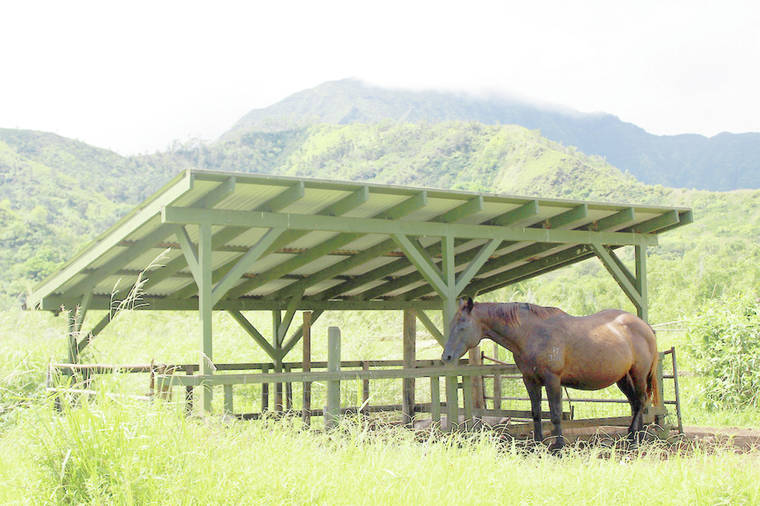
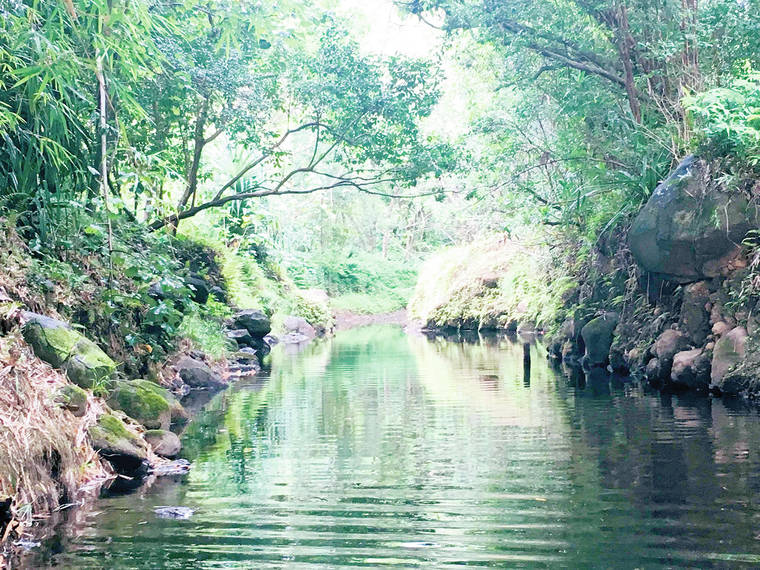
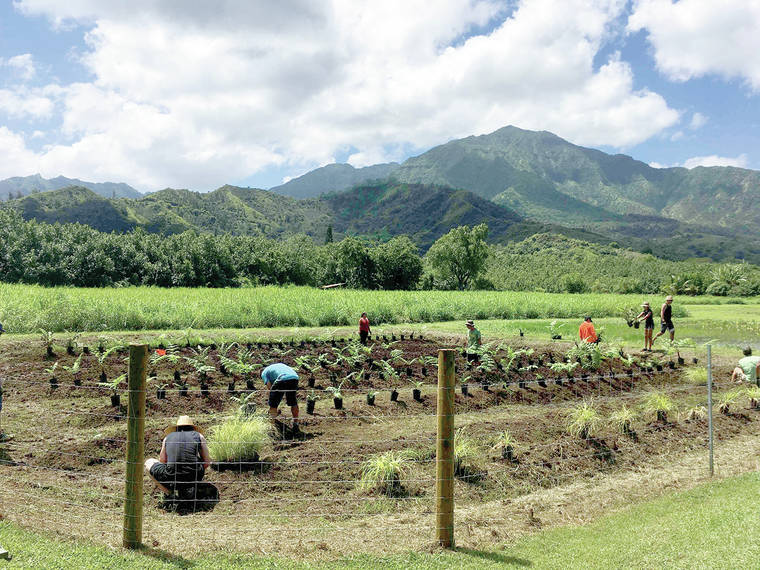
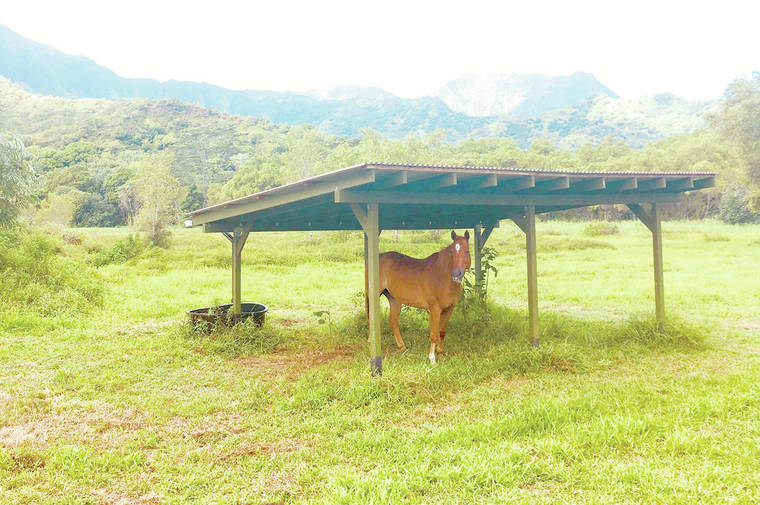
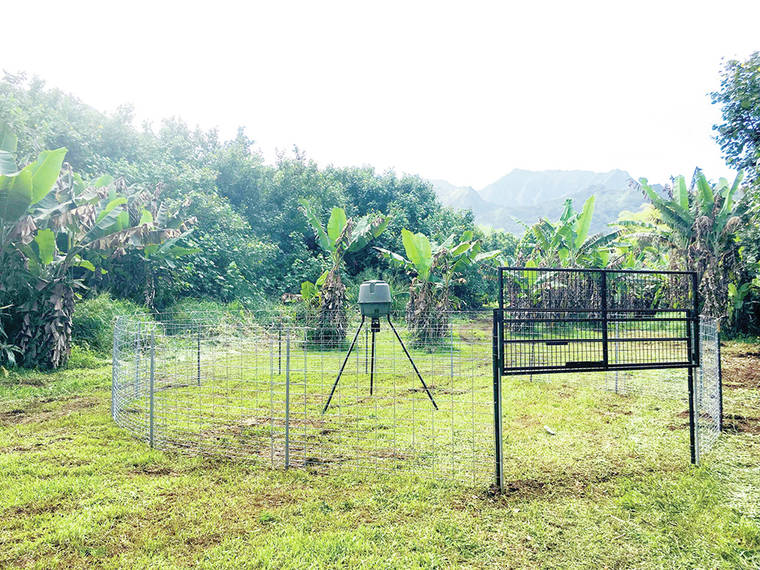
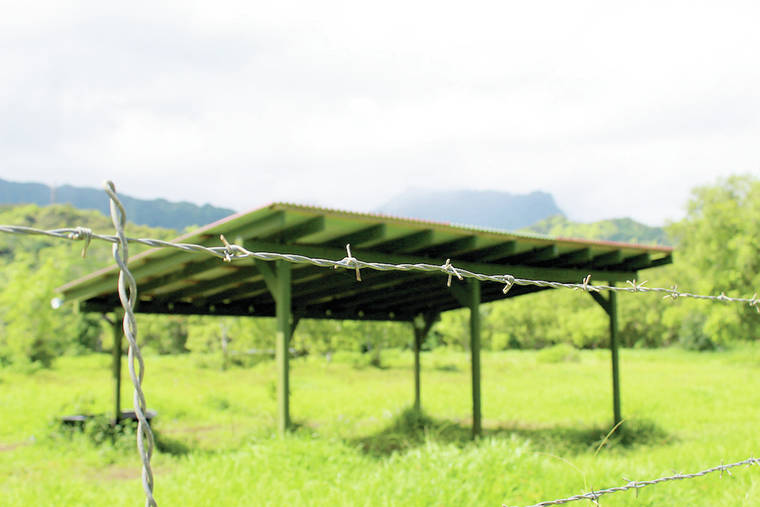
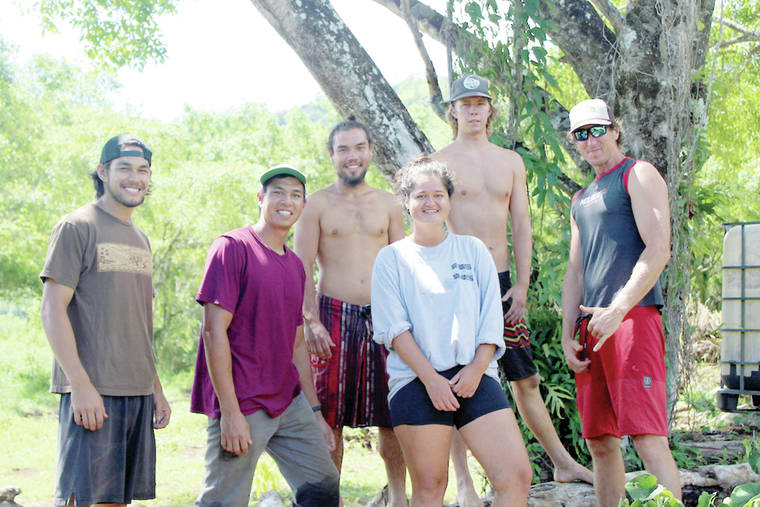
Why not have the protectors (TMT Protesters) have you help restore and clean the stream? After all they (protesters) say, “we are the protectors of the Aina!” If you had help from them the stream would be clean in a matter of hours. Then there time would be well spent. Instead of standing on the shoulder of the highway carrying signs.
Lol. How true! Bunch of ne’er-do-wells can always find something to whine about. But get a job and be productive members of society? Not so much.
How about the State who illegally permitted those telescopes to be built without an envionmental impact statement, must less abused its authority on land that belongs to the DHHL, bulldozed a road and did not pay market price for over 60 years to Hawaiians who are the sole beneficationary of such lands?
Take some of this owed money plus interest to support this restoration project and forfeit all pensions for State officials who did this illegal aggreement.
Sounds like an honorable project to restore the life of the entire valley and water system. However all it takes is one greedy selfish individual with illegal size nets decimating the entire aquadic life of native O’opu’u, shrimp, snails and fish.
I’ve seen non-native Hawaiians catching more than what they can eat, often selling them, resulting in none left for others to fish and enjoy. We used to clean the upper water tunnels during the plantation days and often the tunnels were full of O’opae. But when Filipino workers not born here started to plunder it, leaving none for everyone.
I quess that’s acceptable in their homelands but not here.
Mr.Oyama. I agree with you .”that the filipinos take more then they need and sell them, not leaving much for us locals!”
However, you missed my point. The people protesting would be of better use help cleaning up the aina. Aren’t they the protectors of the aina?
Money has nothing to do with the people get up to do work to help clean the stream.